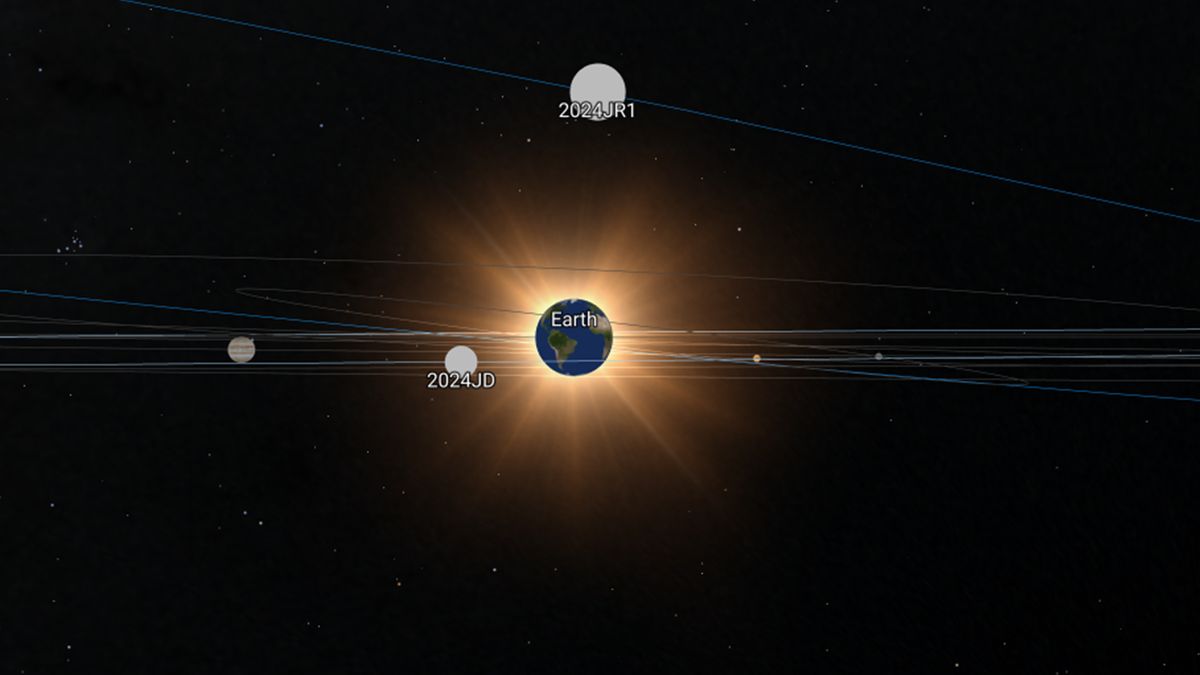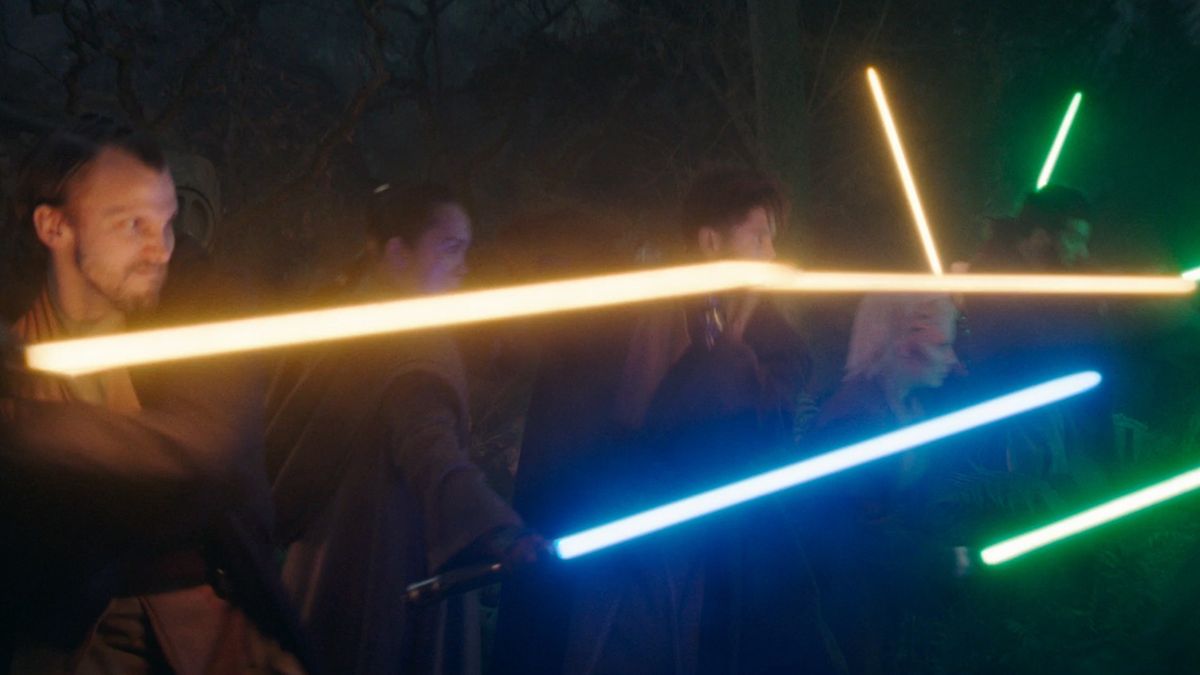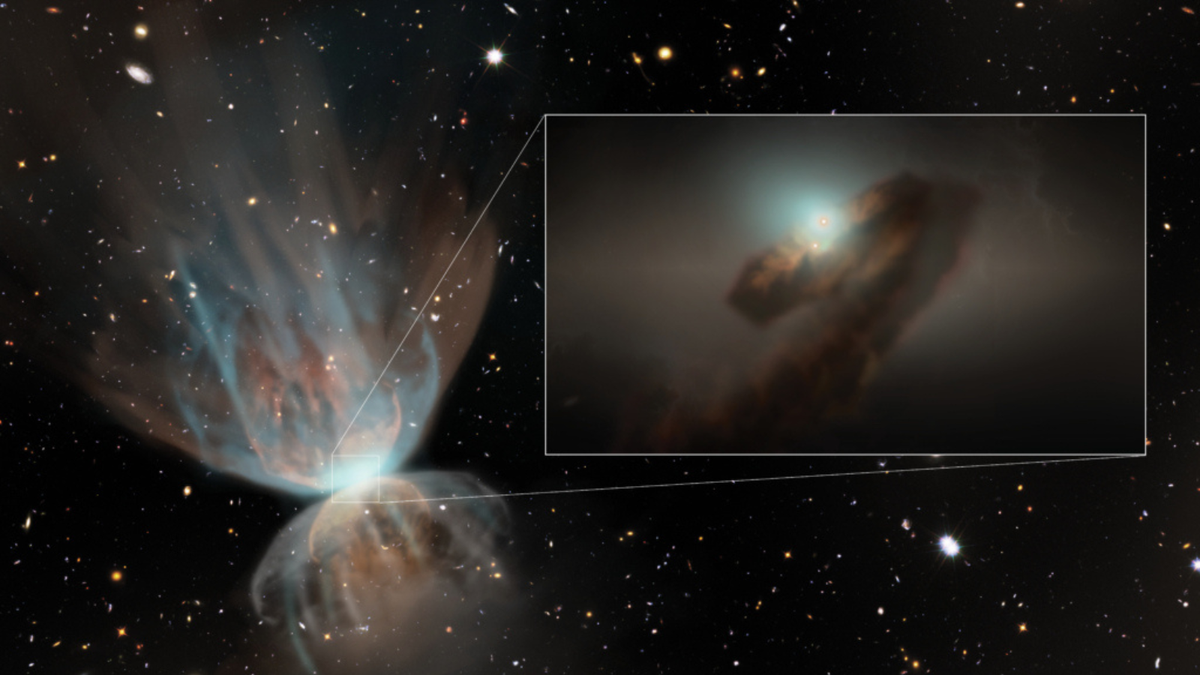Impending Cosmic Encounters: Asteroids Passing Closely by Earth
Two bus-sized asteroids are set to make a close yet safe approach to Earth this week. The first of these space rocks, known as 2024 JF, measures about 7 meters in length (equivalent to 22 feet) and is anticipated to pass by on Monday evening. Astronomers have pinpointed the closest approach of 2024 JF to occur at 8:04 p.m. ET tonight (1204 GMT on Tuesday). Shortly after, a slightly larger asteroid named 2024 JR1, measuring 10 meters in length (equivalent to 32 feet), is expected to make its closest approach on Tuesday.
Tracking the Asteroids’ Movements
Interested individuals can tune in to observe both celestial encounters live, commencing on Monday at 3:30 p.m. ET (0730 GMT), thanks to the Virtual Telescope Project. As per estimates provided by Asteroid Watch, a display by NASA’s Jet Propulsion Laboratory dedicated to monitoring near-Earth asteroids and comets, the first space rock will be situated approximately 295,000 miles (475,000 kilometers) from our planet at its closest approach.
Meanwhile, 2024 JR1 is expected to approach at a closer distance of about 184,000 miles (296,000 kilometers) from Earth. The asteroid’s trajectory places it closer to our planet compared to the average distance between Earth and the moon, which stands at over 230,000 miles (370,000 kilometers). During its closest approach, 2024 JR1 will be located in the constellation Ursa Major, whereas 2024 JF will be positioned in Boötes, in accordance with The Sky Live’s observations.
Upcoming Cosmic Encounters
Following the close passages of 2024 JF and 2024 JR1, another space rock named 2024 JD is projected to approach Earth from a distance of approximately 172,741 miles (278,000 kilometers), just a week after its discovery. Despite this proximity, 2024 JD, much like its predecessors, does not pose any imminent danger to our planet.
Throughout this year, astronomers have logged nearly 40 asteroids with orbits bringing them within the vicinity of Earth and the moon. NASA’s data spans nearly 35,000 near-Earth objects, with minimal risk of collision with our planet among the majority of these cataloged entities. The cosmos continues to offer remarkable spectacles and insights, captivating the attention of astronomers and enthusiasts alike with each passing celestial event.
Image/Photo credit: source url





